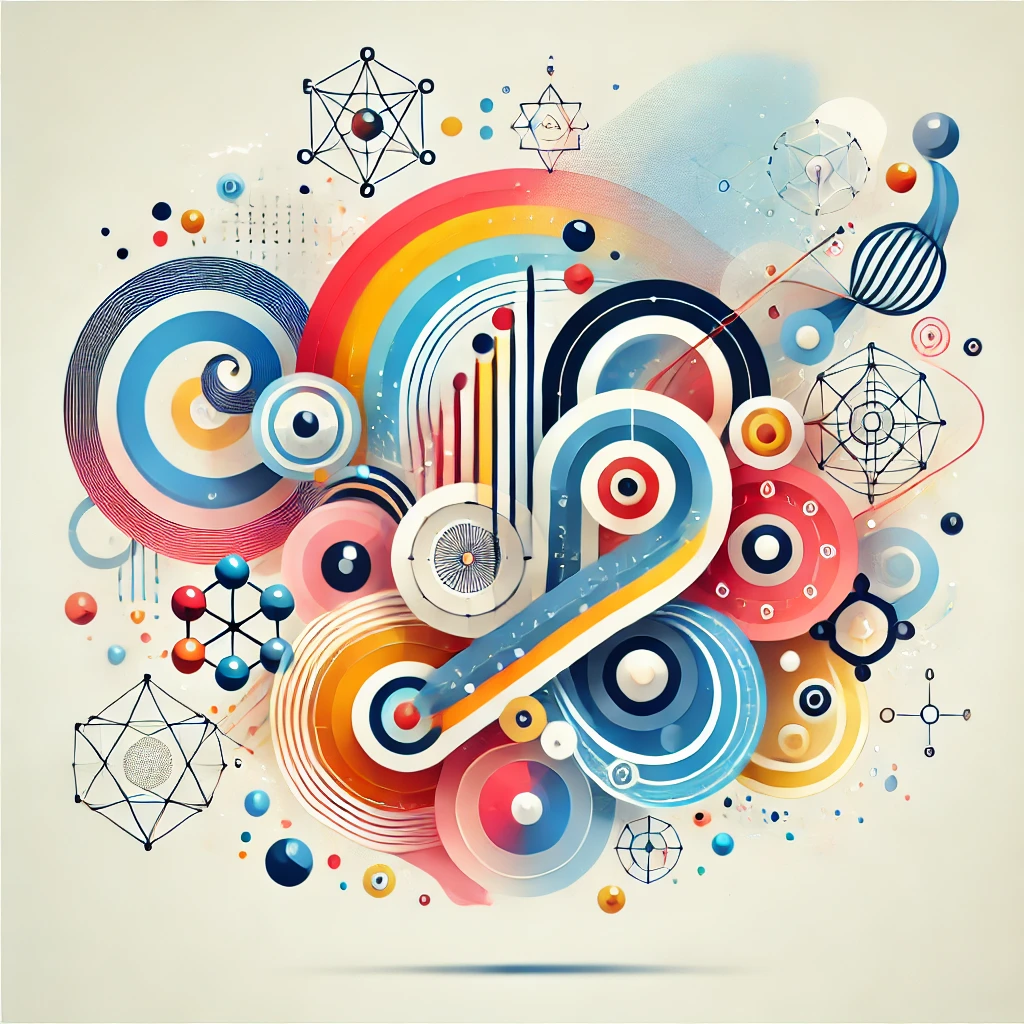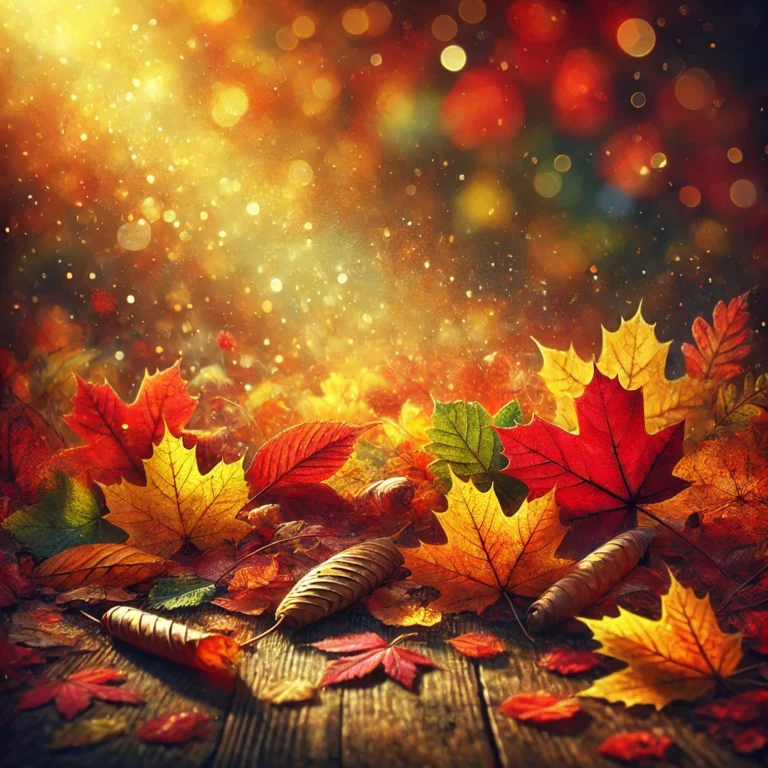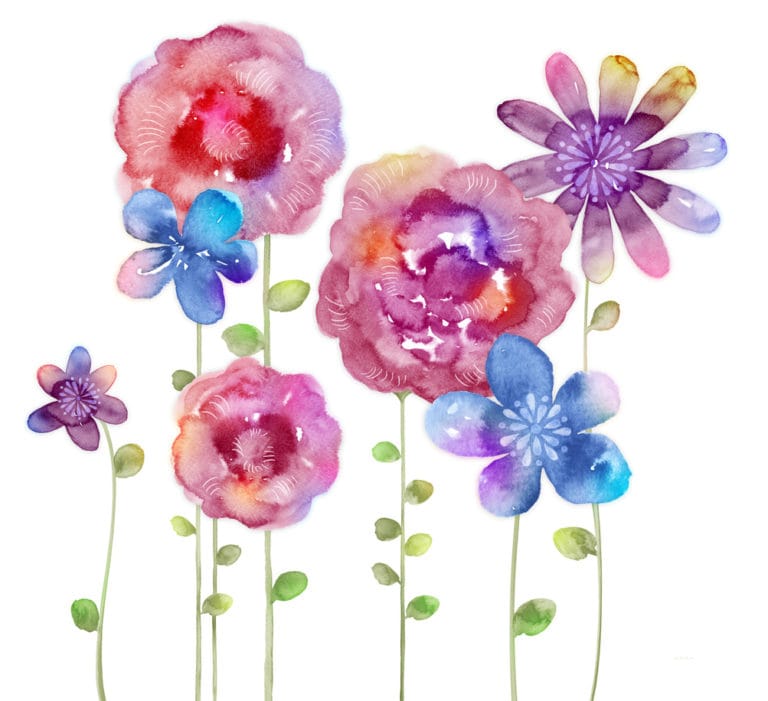Why science needs art: Exploring the interplay of creativity and complexity

“…the surreal nature of physics is precisely why it needs the help of artists. Science has progressed beyond our ability to understand it, at least in any literal sense…It’s a brute fact of psychology that the human mind cannot comprehend the double-digit dimensions of string theory or the possibility of parallel universes. Our mind evolved in a simplified world, where matter is certain, time flows forward, and there are only three dimensions. When we venture beyond these innate intuitions, we are forced to resort to metaphor. This is the irony of modern physics: It seeks reality in its most fundamental form, and yet we are utterly incapable of comprehending these fundaments beyond the math we use to represent them. The only way to know the universe is through analogy.”
Jonah, Lehrer, “Why Science Needs Art“, Shift magazine, no. 20, Sept-Nov 2008
Lehrer captures a fascinating truth: as science ventures into realms far removed from our everyday understanding, it increasingly relies on the creativity of art to bridge the gap. This relationship is more than poetic; it’s essential. Even the greatest scientific minds, like physicist Richard Feynman, have acknowledged the necessity of imagination in grappling with the incomprehensible. Feynman famously said:
“Our imagination is stretched to the utmost, not, as in fiction, to imagine things which are not really there, but just to comprehend those things that are there.”
The Vital Role of Imagination in Science and Art
Freud once remarked that every interesting idea he ever had had already been articulated by a poet. This speaks to a profound pattern: art often precedes science. Before we develop the tools to measure or analyze a phenomenon, our imaginations lead the way, offering metaphors and analogies that give us glimpses into the unknown. Historically, the arts have served as the creative seedbeds for scientific breakthroughs, inspiring new ways of thinking long before those ideas could be tested or proven.
Lehrer’s point is even more nuanced: modern science has become so intricate and abstract that it increasingly relies on art not just for inspiration but for comprehension. Concepts like the multiverse, quantum entanglement, and the double-digit dimensions of string theory challenge the human brain’s evolutionary limits. We evolved to navigate a world with three spatial dimensions, linear time, and tangible matter. The deeper science delves into the universe’s complexities, the more it must turn to metaphor, imagery, and analogy—the tools of artists—to make sense of its discoveries.
Art as the Language of the Universe
Art gives form to what is intangible. It translates the unseeable into something we can grasp, even if only metaphorically. A painting, a poem, or a piece of music can evoke an emotional or intuitive understanding of concepts that defy logic. For instance, the swirling patterns of Van Gogh’s Starry Night might evoke the turbulence of a black hole or the interconnectedness of cosmic forces, offering a visual metaphor for phenomena we cannot directly observe.
Science, by its nature, seeks to distill truth. But as Lehrer suggests, these truths are sometimes so far beyond our innate comprehension that only art can illuminate their beauty and meaning. This dynamic interplay between science and art is not merely a luxury; it is a necessity. Without art, the full resonance of scientific discovery might remain inaccessible, confined to equations and data.
Why Science Needs Art Now More Than Ever
As we face increasingly complex global challenges—from climate change to AI ethics—the collaboration between science and art becomes even more urgent. Art doesn’t just make science more comprehensible; it also humanizes it, reminding us of the interconnectedness of all things. Through metaphor and imagination, art helps us bridge the gap between the known and the unknown, inviting us to explore possibilities beyond our current understanding.
Perhaps this is why Feynman and Freud both saw imagination and creativity as integral to their work. When science and art come together, they don’t just expand what we know—they redefine how we know it.
Conclusion
Lehrer’s observation that “the only way to know the universe is through analogy” underscores the essential partnership between science and art. As we continue to push the boundaries of knowledge, we must also push the boundaries of our imagination. In doing so, we honor the creative processes that have always driven humanity forward. After all, the universe isn’t just a puzzle to be solved—it’s a mystery to be experienced.





